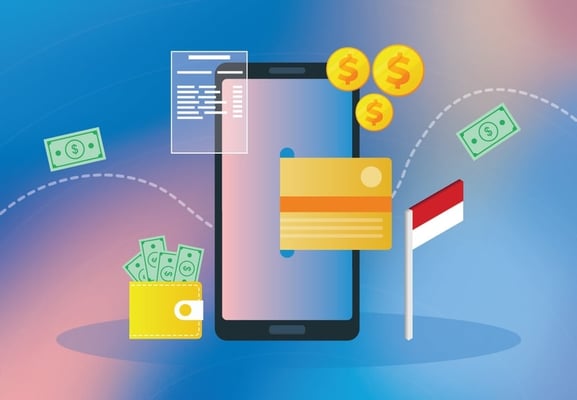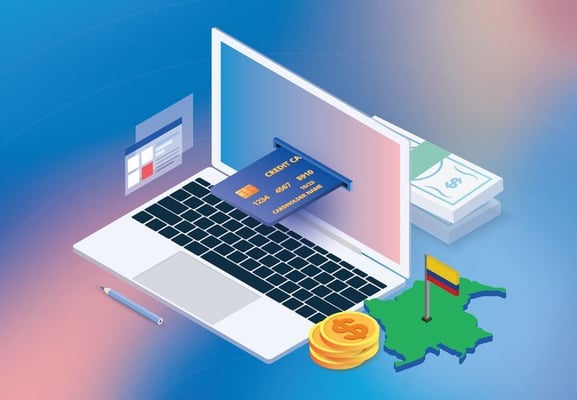You're missing out on numerous benefits if you're a digital business owner but aren't leveraging payment data. If analyzed properly, payment data can offer numerous valuable insights you can leverage for better decision-making and improving your offerings.
This blog discovers the top 5 ways payment analytics can help you leverage payment data and boost your business. So, read in full.
Current Payment Landscape
The global payment industry is one of the most flourishing and resilient industries. This is evident from the fact that the payments industry managed to generate a revenue of a massive 2.1 trillion in 2021, even after the pandemic. Moreover, the global payments industry is expected to grow and create around $3 trillion in revenue by 2026.
Considering the global scale, cash is still the king, followed by credit and debit cards. Also, digital wallets are becoming popular and being widely adopted.
A popular trend in the payments industry is open banking. In open banking, fintech companies can access customers' banking data and analyze it to improve their offerings and the overall customer experience.
While the payments industry is expected to grow globally, there are several challenges companies need to tackle for seamless growth.
For instance, customer expectations are changing, inflation is rising, and there's widespread fragmentation, meaning multiple parties (processors, acquirers, payment service providers, banks) are involved making it hard for organizations to ensure smooth operations.
Burning Problem Faced by Companies
One of the biggest problems eCommerce or companies that offer online payments face is the lack of a single data source. Multiple payment gateways and service providers are involved that provide their own data, creating a mix of information that is not useful for the companies.
Because of the need for a consolidated source of information, companies cannot identify and tackle gaps in their payment stream.
For instance, without a single data source, companies cannot determine which payment method is used more frequently, which gateway has the most payment declines, and why. And this can lead to unidentified continuous losses and a poor customer experience.
Solution? That's when a payment analytics solution can help. Let's learn more about that below.
What is a Payment Analytics Solution?
Payment analytics means processing and analyzing payment data. This data can include anything from time of payment, and transaction value, to payment method to transaction volume and more.
A payment analytics solution is a tool or set of tools that make payment analysis possible. Such solutions take data from multiple payment service providers or gateways and consolidate the information into a single true source of information you can trust.
Good Read: How Can Merchants Make Their Payments More Resilient?
Top 5 Ways Payment Analytics Can Help You Optimize Your Payments
Here's how you can optimize payments using a payment analytics solution:
1. Identify the Common Decline Reasons
By analyzing the transaction data, you can determine which transactions were declined. Also, you can find the associated decline code with the transaction and thus identify the root cause behind the decline, such as processor issues, expired cards, 3DS failure, or technical issues. You can fix the problems, reduce transaction decline, and maximize conversions.
2. Customer Drop Analysis
With payment analytics, you can deeply understand customer behavior and optimize your solutions based on what you find.
For instance, you can track the customer journey to identify the step at which they drop off or abandon the payment. This can help you find gaps or issues, such as a complex checkout process, too many information fields, etc. By working on these issues, you can enhance the customer issues and thus boost conversion.
3. Most Preferred Payment Methods
Payment analytics can help you identify your customer's most preferred payment methods. With this info, you can further optimize your payments by changing the placement of that method or making it more prominent. This way, you can offer/provide customers with a seamless and personalized buying experience.
4. Revenue Forecasting
Businesses that rely heavily on cash flow to run their regular operations must accurately forecast their revenue. For instance, you must know "X" money is coming in this week or at the end of this month. And that's something payment analytics can help you with.
You can access the average order volume, transaction volume, historical trends, and similar data using payment analytics, enabling you to forecast your revenue accurately. This way, even if you expect to make less money for a few weeks, you can manage your expenses better.
5. Insights on Payment Fees Paid
Every merchant pays the respective parties a transaction or payment fee to facilitate the payment. And this fee varies with payment gateways, payment method used, and nature of the transaction (international or domestic). However, sometimes merchants pay way more than they should, as more affordable options are often available, they don't know about.
Using a payment analytics tool, you can determine how much fee you're paying per transaction/payment gateway/payment method and compare the same with other options. This way, you can select an affordable option (without compromising quality) and plug any revenue leaks.
Wrapping Up
Whether you're a small, mid-sized, or international business, a data analytics tool that helps you keep a hawk's eye over your payments is completely necessary. Such a solution can help you consolidate data and draw valuable insights to optimize your payments and gain a competitive advantage.
So, what are you waiting for? Integrate a payment analytics solution now and skyrocket growth.
.png?width=123&height=71&name=inai%20logo%20-%20dark%201(1).png)
.png)
%20(1).png?width=4200&height=1588&name=1%20(7)%20(1).png)
%20(1).png?width=691&height=183&name=CTA%20(37)%20(1).png)

.png?height=400&name=Header%20-%20How%20Can%20Payment%20Orchestrators%20Help%20Merchants%20(1).png)


